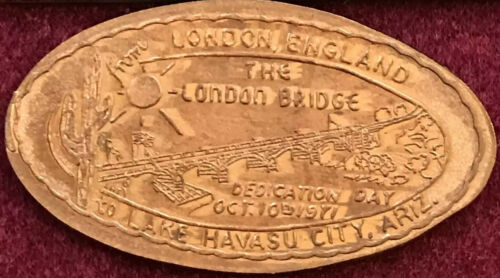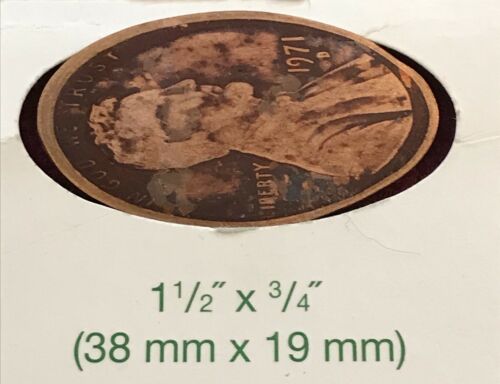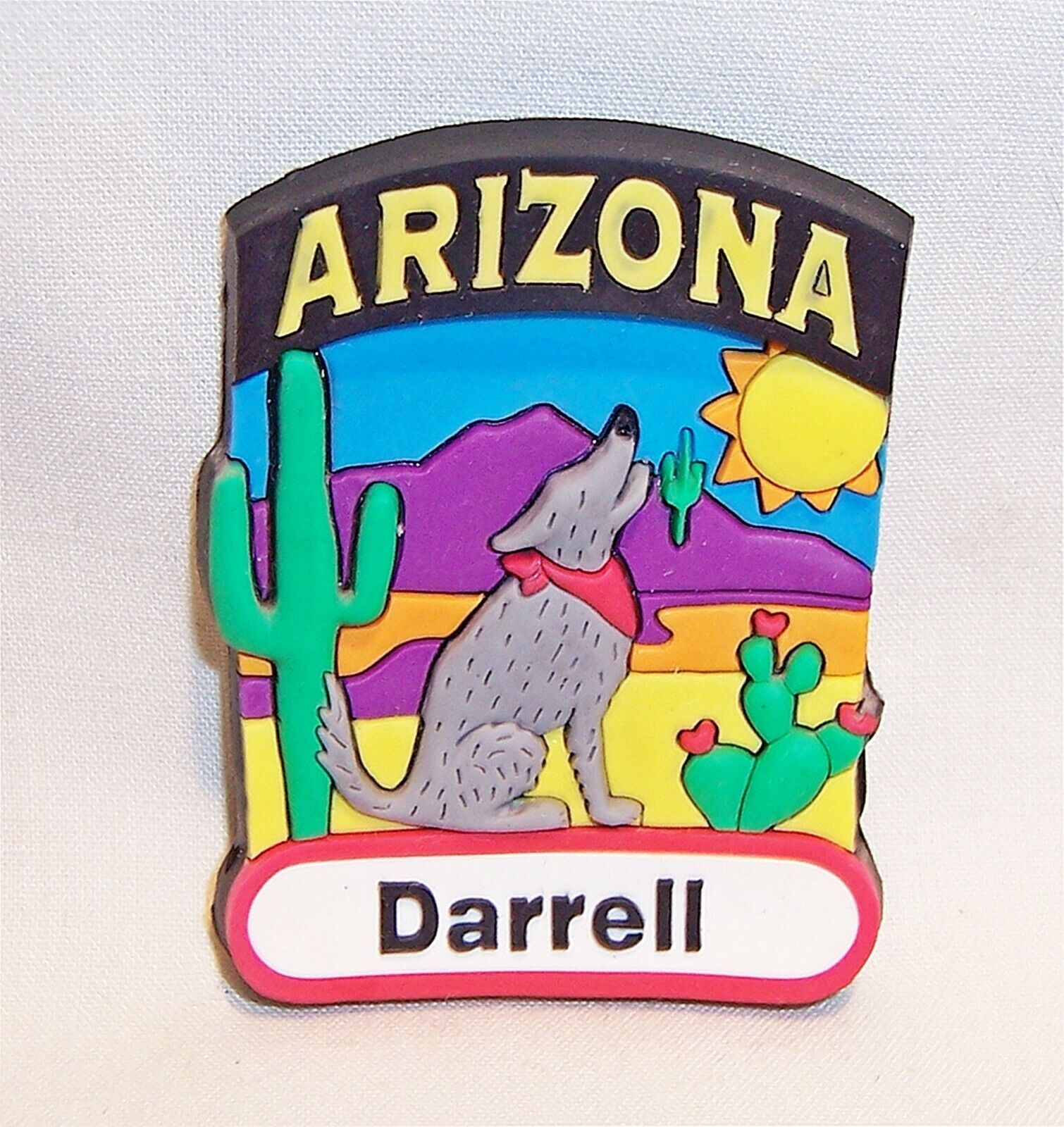-40%
LONDON BRIDGE is Falling Down • Lake Havasu City Az • 1971 Souvenir Penny Cent
$ 13.2
- Description
- Size Guide
Description
from ENGLAND: The LONDON BRIDGE Lake Havasu City AZ Oct. 10 1971 Elongated PennyLondon Bridge Village in Lake Havasu City, AZ. The souvenir coin commemorates the original London Bridge built in 1831, dismantled in 1967 and reconstructed in Arizona and dedicated on October 10, 1971.
Host coin : Elongated on 1971 Cent
London Bridge is a bridge in Lake Havasu City, Arizona. It was built in the 1830s and formerly spanned the River Thames in London, England. It was dismantled in 1967 and relocated to Arizona. The Arizona bridge is a reinforced concrete structure clad in the original masonry of the 1830s bridge, which was purchased by Robert P. McCulloch from the City of London. McCulloch had exterior granite blocks from the original bridge numbered and transported to America to construct the present bridge in Lake Havasu City, a planned community he established in 1964 on the shore of Lake Havasu. The bridge was completed in 1971 (along with a canal), and links an island in the Colorado River with the main part of Lake Havasu City.
In popular culture
The 1985 made-for-TV movie "Bridge Across Time", a supernatural crime drama, used the relocation of the bridge as a plot device. In the film, the spirit of Jack the Ripper was somehow transported to 1980s Arizona along with a stone from London Bridge, resulting in a murder spree.
Referenced multiple times in 1993 action thriller Falling Down.
The paranormal reality television series Ghost Adventures covered the story of the London Bridge, in the episode of "London Bridge".
John Mellencamp, in his song “You’ve Got to Stand for Something,” sang, “I've seen the London Bridge In the middle of the desert.
The 1831 London Bridge was the last project of engineer John Rennie and was completed by his son, John Rennie the Younger.[3] By 1962, the bridge was not sound enough to support the increased load of traffic, and it was sold by the City of London.
The purchaser, Robert P. McCulloch, the chairman of McCulloch Oil Corporation, was the founder of Lake Havasu City, his retirement real estate development on the east shore of Lake Havasu, a large reservoir on the Colorado River. McCulloch purchased the bridge as a tourist attraction for Lake Havasu, which was then far from the usual tourist track. The idea was successful, bringing interested tourists and retirement home buyers to the area.
It is a popular rumor that the bridge was bought in the belief that it was London's more recognizable Tower Bridge,[4][5][6] but this was ardently denied by McCulloch himself and by Ivan Luckin, who sold the bridge.[7]
Originally, the deserted Lake Havasu vacant land was given to the state of Arizona by the U.S. Federal Government. The federal property was an abandoned military landing strip. McCulloch made a deal with the state government and received the property for free with a promise to develop the land. But the real estate agents could not bring in prospective buyers, because the land was far from centers of population and had a very hot, arid climate. McCulloch's real estate agent, Robert Plumer, learned that London Bridge was for sale and convinced McCulloch to buy it and bring it to the area to attract potential land buyers. The initial response from McCulloch was, "That's the craziest idea I have ever heard," but after consideration, he decided to go ahead and purchased it for .46m (£1.78m). Plumer then arranged with a cargo shipping company that was going to sail a newly built ship from Great Britain to the United States without any cargo. Plumer said they would pay for all operating costs of the sailing, which was far less than the going rate shipping costs. The bridge's facing stones were disassembled, and each was numbered. After the bridge was dismantled, it was transported to Merrivale Quarry where 15 to 20 cm (6 to 8 inches) were sliced off many of the original stones. The bridge arrived in pieces at the Port of Long Beach, California and was transported overland to Lake Havasu City, where re-assembly began in 1968. On 23 September 1968, the foundation stone was relaid by Sir Gilbert Inglefield, Lord Mayor of London.[8]
The original stonework was used to clad a new concrete structure.[1] The reconstruction took slightly over three years and was completed in late 1971. The bridge was not reconstructed over a river, but rather it was rebuilt on land in a position between the main part of the city and Pittsburgh Point, at that time a peninsula jutting into Lake Havasu. Once completed, the Bridgewater Channel Canal was dredged under the bridge and flooded, separating Pittsburgh Point from the city, creating an island. As a result, the bridge now traverses a navigable shortcut between the Thompson Bay part of Lake Havasu south of Pittsburgh Point, and the remainder of Lake Havasu to the north.[9]
After the bridge was reconstructed, prospective buyers of land were attracted to visit the bridge and take a tour of properties for sale. Land sales improved, and McCulloch recouped all his expenses on the purchase and shipping of the bridge. Since he had obtained the land at no cost, the sale of the properties paid for the bridge and more. Recent years have seen much development in the area of the bridge to increase tourist interest. The original "English Village", a quaint English-style open-air mall with hedge maze and historical museum deteriorated, with sections leveled. A revitalization of the English Village was undertaken by the Lake Havasu City Convention & Visitors Bureau.[10] Condos were proposed in 2011 by the owner, Virtual Realty Enterprises




















